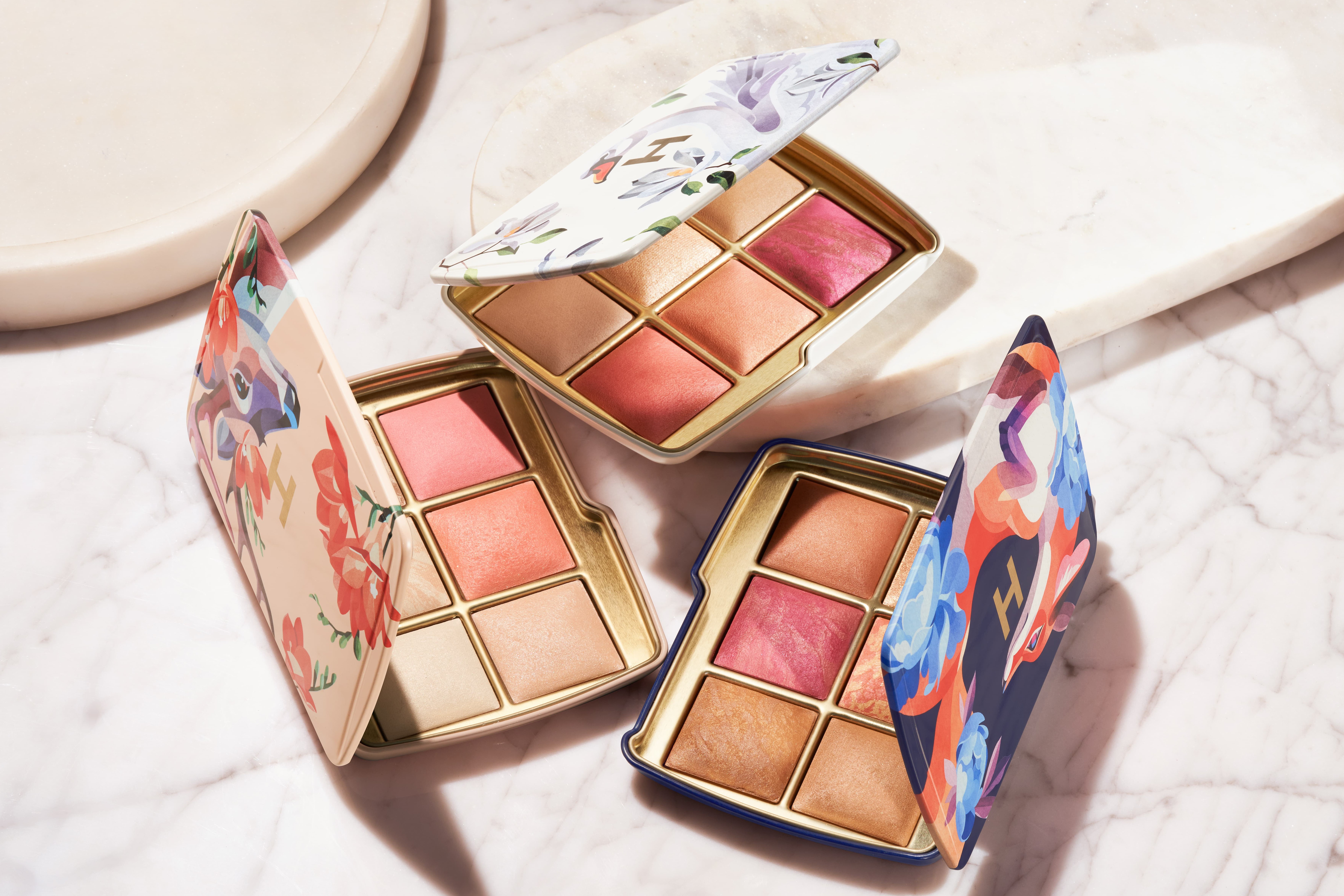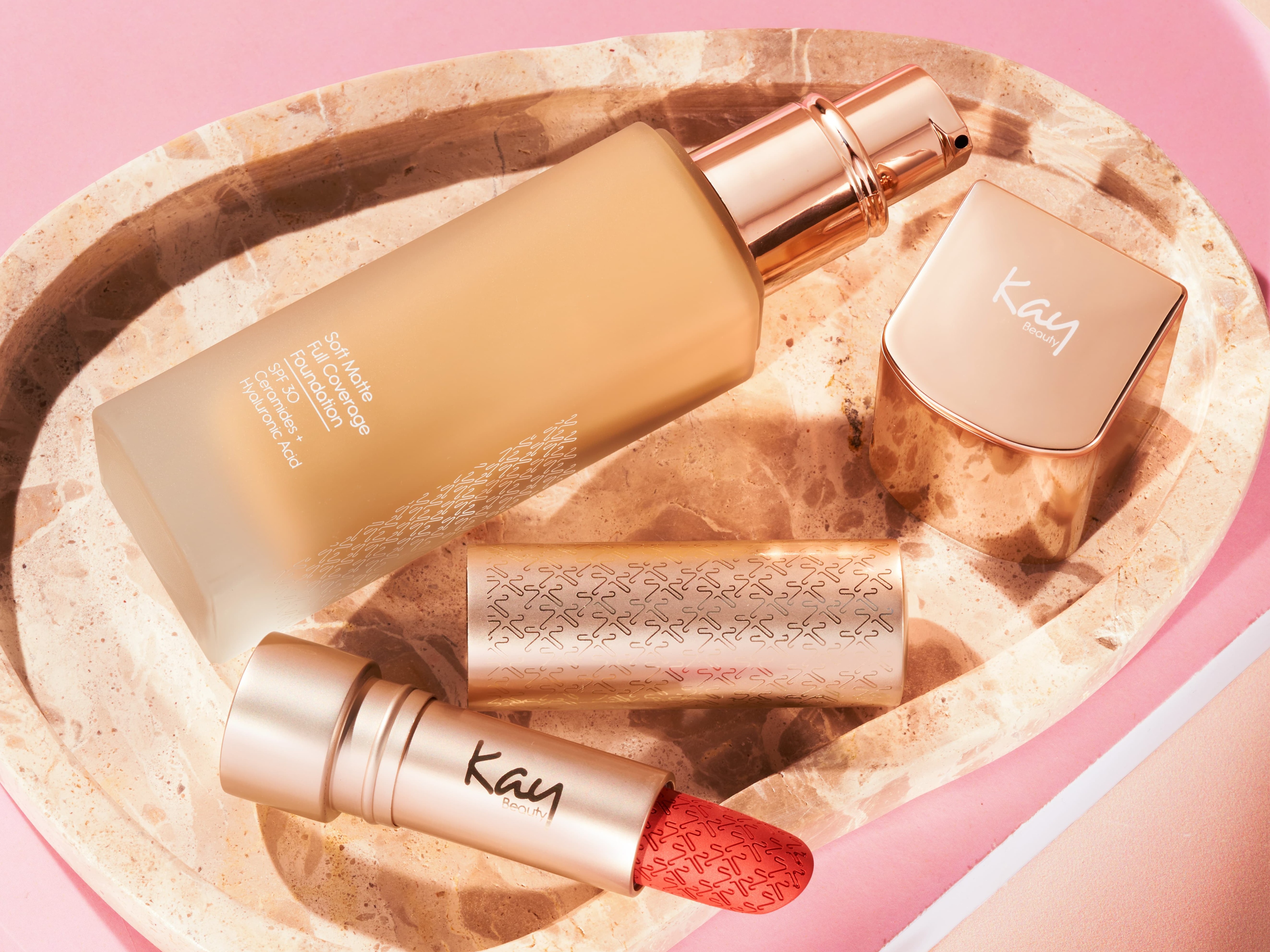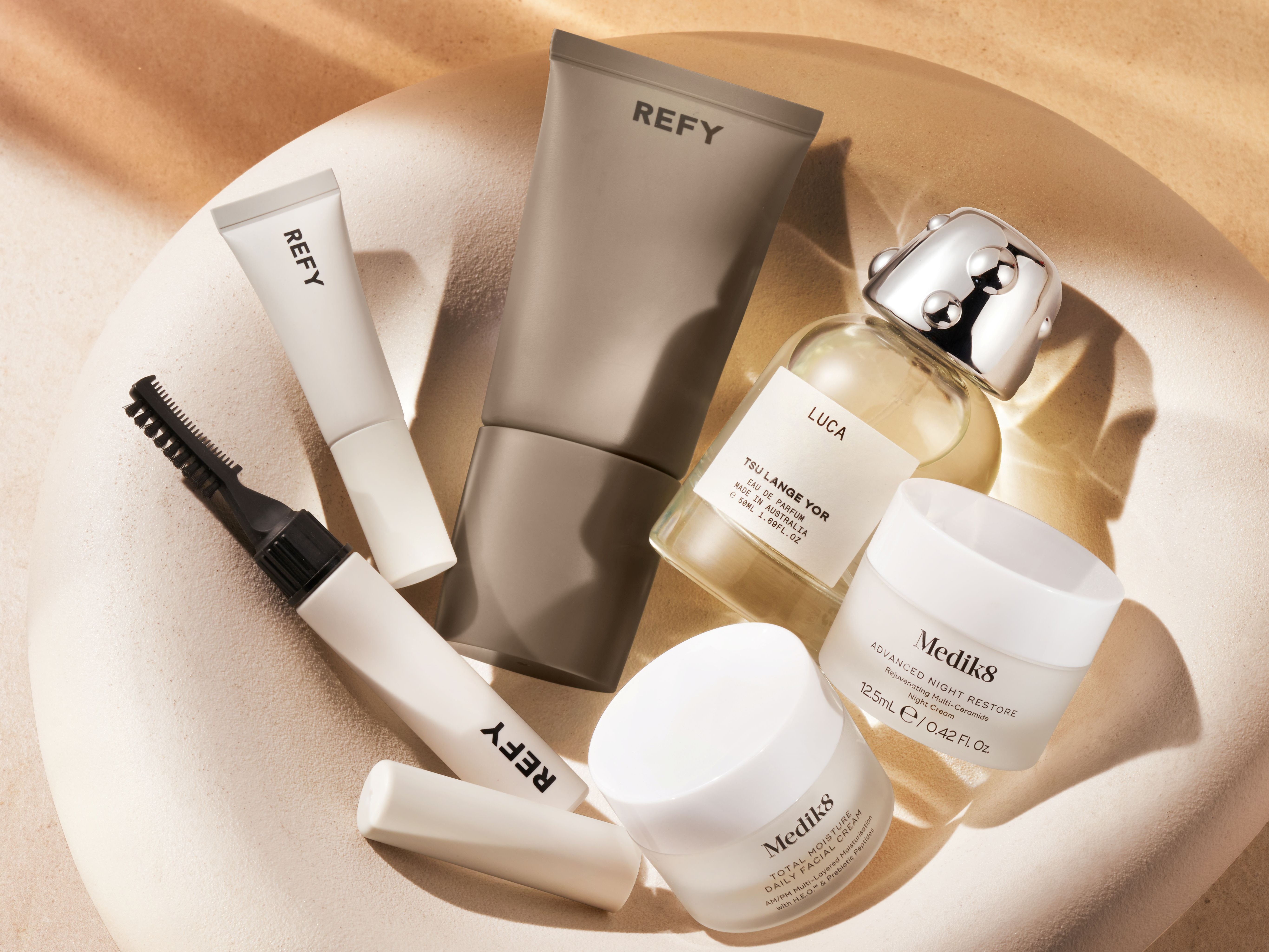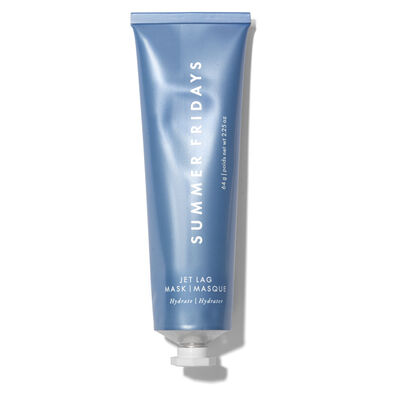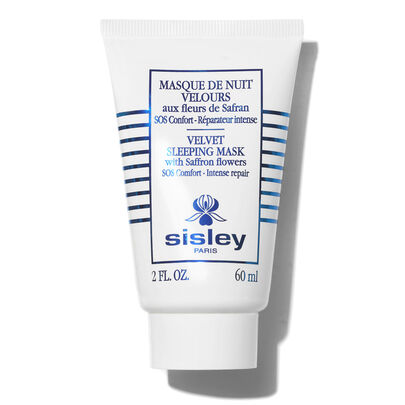Should You Be Skin Slugging? Here’s What You Need To Know
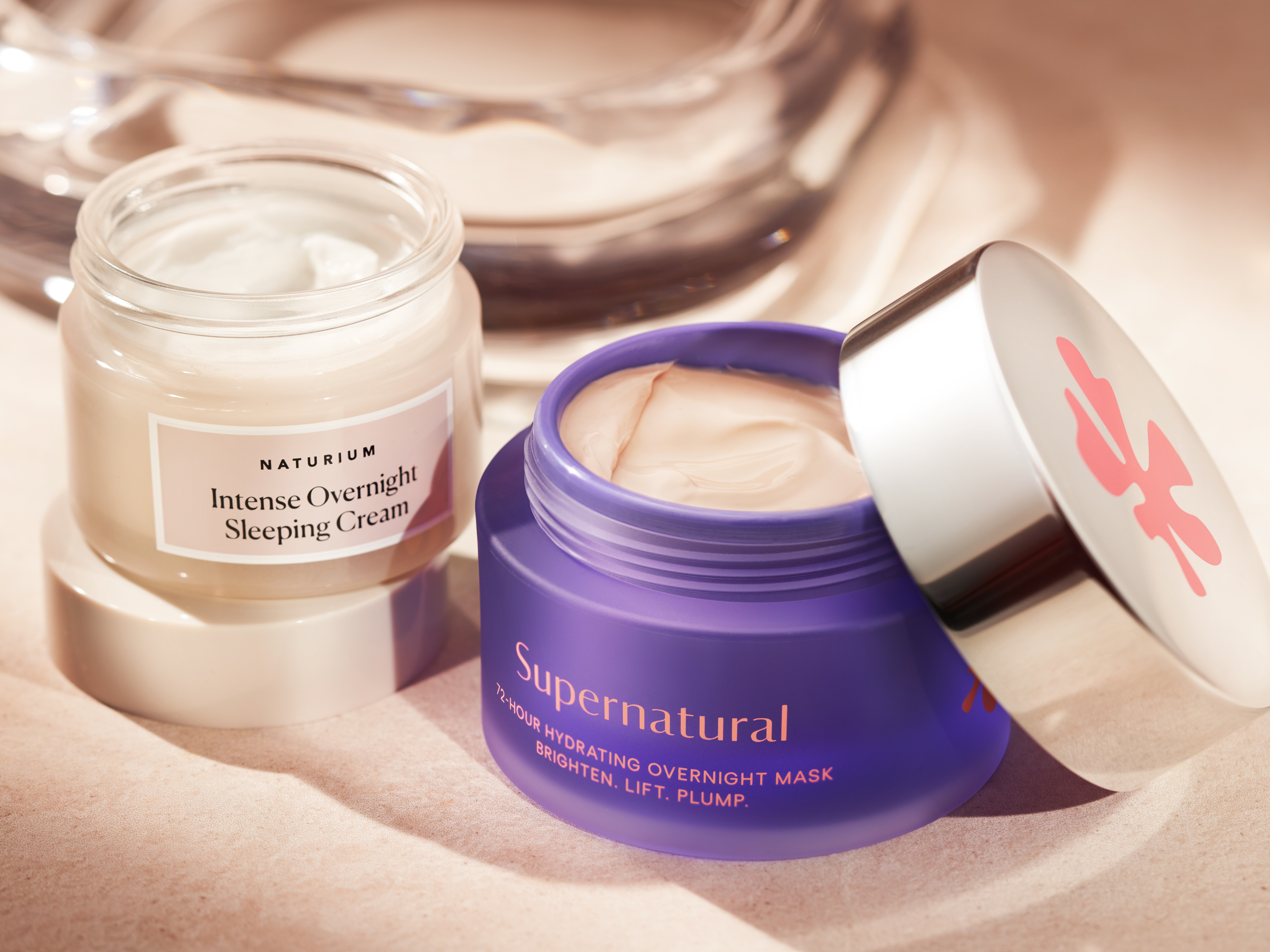
The K-beauty skincare trend that went viral on TikTok a few years ago when skincare expertCharlotte Palermino shared her slugging skincare routine.
If you like the glass skin look or struggle to keep your skin hydrated, this could be the technique for you. Those with dry skin are likely to benefit the most from this skin trend, but it can work for almost everyone, as long as you’re doing it right.
Whether you're just discovering the technique or are wondering where to slot slugging into your winter skincare routine, we have created a helpful guide.
Spoiler alert: if you haven't heard of slugging before, rest assured it doesn't involve putting slugs on your face.
What is slugging in skin?
Slugging is all about applying an occlusive at the end of your evening routine. In other words, using a thick cream or balm that will create a barrier between your skin and the outside world to prevent hydration loss.
The result? Hydrated skin that looks super glossy, like a glazed doughnut. Slugging is also thought to help maximise the benefits of all the active ingredients in your skincare products too as it locks everything in.
Slugging in skincare actually started way before it was trend. The technique was recommended to anyone who was using an acne treatment that could lead to dry skin as slugging helps improve moisture retention. It’s also used to help heal wounds as trapping in moisture speeds up the process.
What are the benefits of slugging?
The main reason slugging has gone viral is because it prevents water loss. Few of us realise how much water our skin loses each day. A lack of hydration leaves our skin looking dull and dry. If you have dry skin and are struggling to keep your skin hydrated, slugging could be worth a try.
Slugging your face not only prevents water loss, but also helps to lock in active ingredients which together can help strengthen your skin barrier.
How do you slug your face
Step 1: Cleanse
Start by double cleansing your skin to make sure SPF, makeup and dirt that might have accumulated during the day have been removed. A clean face is the always the perfect base for a successful night time routine, especially if you're going to layer your skincare.
Step 2: Tone and apply serums
Slugging is all about making your hydrating skincare work harder, so now is the time to pack on the layers of hydration. If you've heard of skin flooding, this is the part where you want your serums to work extra hard. We like to reach for formulas that contain potent hydrating ingredients like hyaluronic acid or ceramides, products like The Ordinary Soothing & Barrier Support Serum, £17.30 to really support your skin barrier.
Step 3: Moisturise
Using a moisturiser will help hydrate your skin and it’s also a good first step to lock in the serums you used prior and their benefits. Since you're applying a thicker texture afterwards, you can go in with a lighter texture like Tatcha The Water Cream, £26.00 or BYOMA Moisturising Gel Cream, £12.00.
Step 4: Seal it in
This is when the magic happens, after your moisturiser, you want to use an occlusive, whether it’s a really thick moisturiser or an overnight mask to lock in all the products you used before. Something like Medik8 H.E.O Mask, £60.00 or Emma Lewisham Supernatural Sleeping Face Mask, £74.00 work well for this step. There's no need to overdo it, you just need to apply a thick layer and let it work its magic.
Step 5: Wake up with dewy skin
The next morning, you should be able to tell that your skin is far more hydrated and has soaked up all the benefits of your evening skincare. Wash away any excess mask with water or a gentle cleanser (we love Fresh Soy Face Cleanser, £15.00) and your skin will be ready for your morning skincare. [/copy]The Best Products for Slugging
A lot of people have been using petrolatum-based products for their slugging routine, but you can use any hydrating face mask you have in your skincare arsenal. The key is to focus on hydration and sticking to gentle formulas that will work to hydrate and calm your skin. Some of our favourites include:
How often should you do slugging?
Like most things, it depends on your skin type. Those who have extremely dry or sensitised skin would benefit from slugging daily as it will help speed up your skin's recovery. If your skin feels dehydrated, you might want to slug once or twice a week.
Is Slugging Bad for Acne/Oily Skin?
Slugging is not recommended for those with oily, acne prone skin. When it comes to slugging your face, applying an occlusive can keep the oils from escaping which can cause pore clogging and lead to breakouts.
Our Final Thoughts on Slugging
The slugging skincare trend is here to stay, especially for those who struggle with dry skin or a compromised skin barrier. The trend has now expanded to hand slugging and hair slugging (using hair oils overnight on your tresses). The skincare method might be the solution for those with dry, flaky skin who struggle to keep their skin hydrated. Slugging has the potential to help you achieve that daily dewy skin glow you’ve been striving for and is definitely worth a go in my opinion.Read More
• Everything You Need To Know About Skin Cycling• Tatcha Dewy Skin Cream Review • The Benefits of Milk in Skincare
• Everything you Need to Know about Collagen • The Benefits of Peptides


